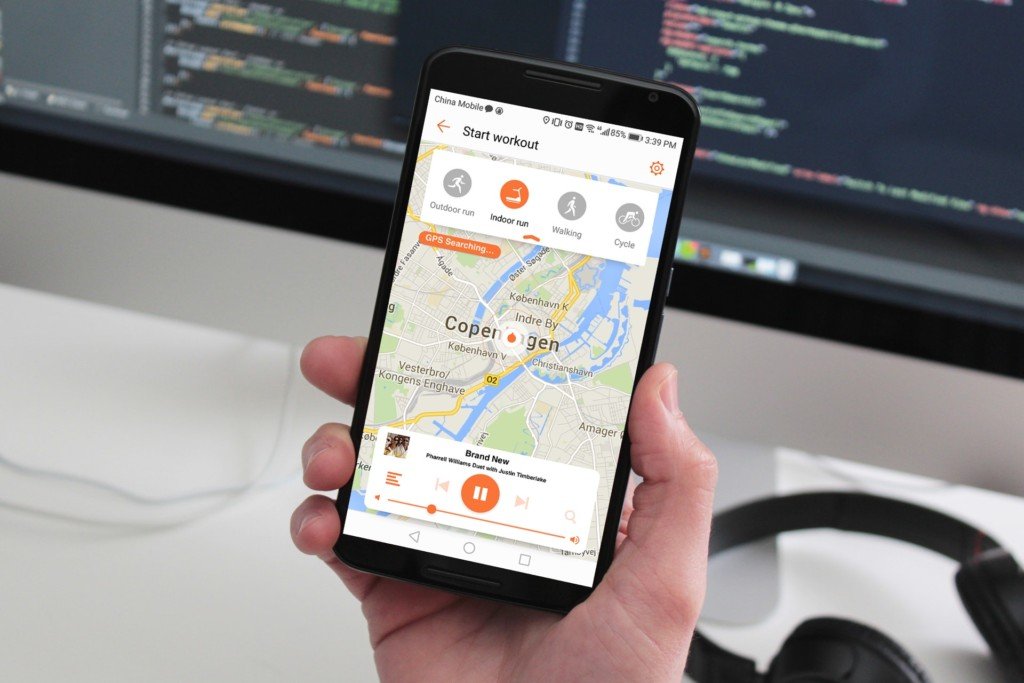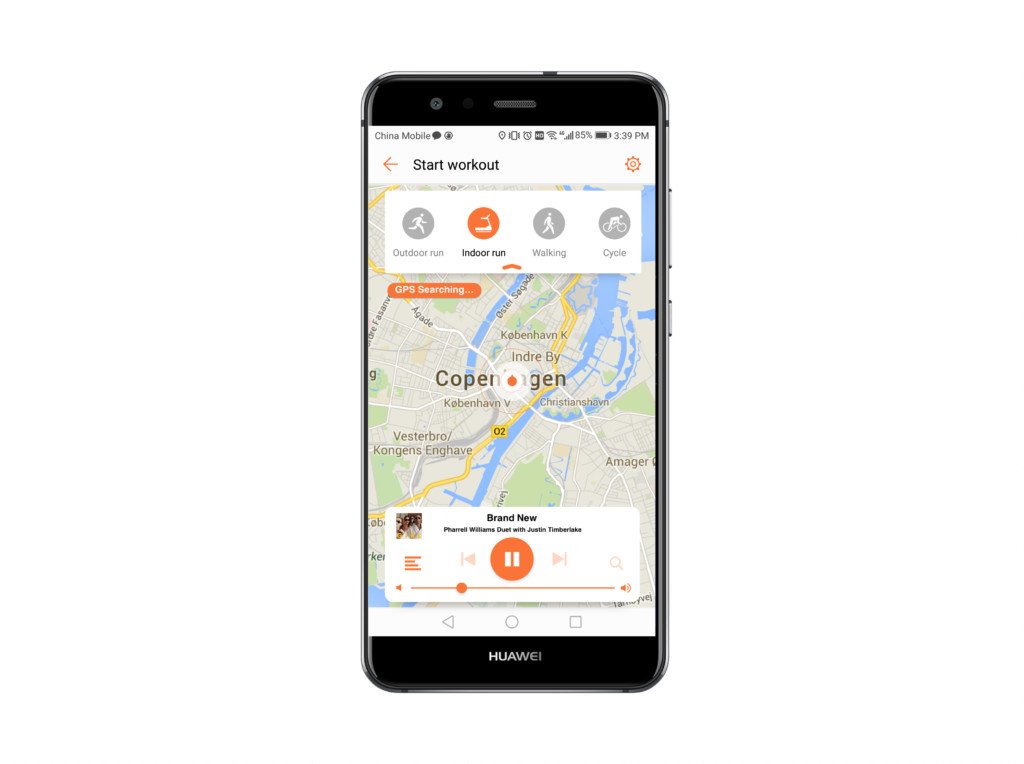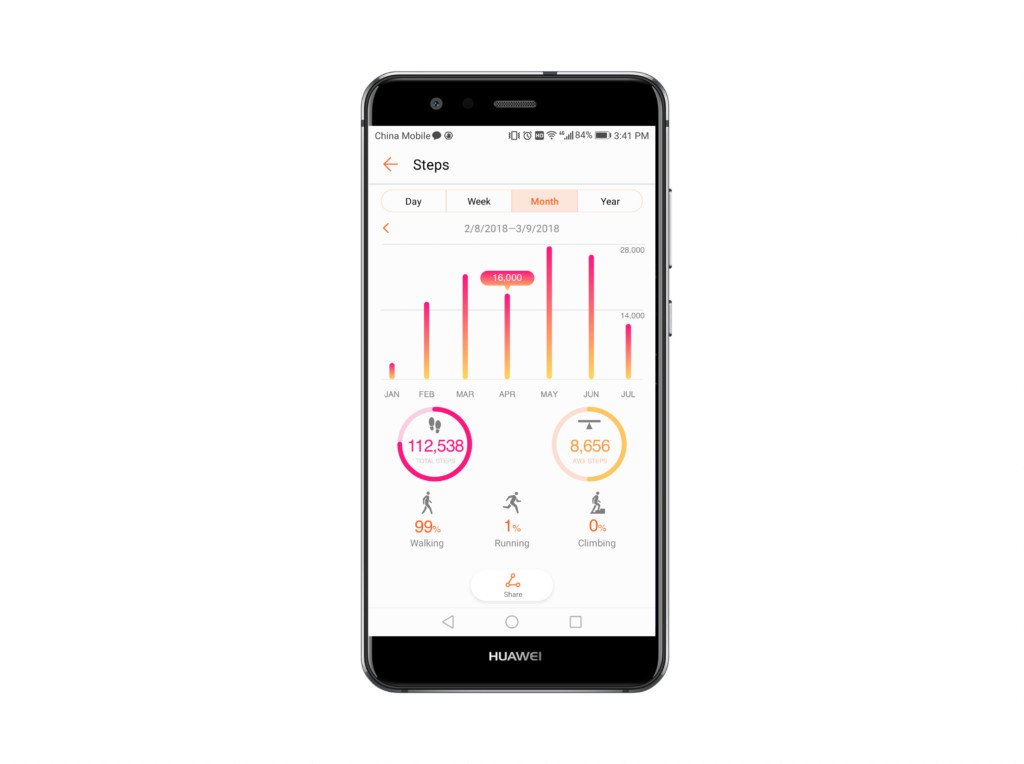Huawei UX Workshop
-
Introduction
Brief: Run a UX workshop for Huawei’s Global Localization team to align on best practices for three core apps (Fitness, Files, Phone Management).
Challenge: Teams struggled with localization inconsistencies and lacked a shared UX vision.
Goals: Align product teams, surface localization pain points, and rapidly prototype solutions.
-
Discovery Phase
Stakeholder interviews: Talked with localization leads and app PMs about business goals and user pain points.
Business requirements: Address localization from the start, improve cross-team collaboration, and keep sessions practical.
User needs assessment: Teams needed clarity on localization challenges and actionable steps for product improvement.
-
Problem Framing
Problem statement: Inconsistent localization led to fragmented user experiences across apps.
Success criteria: Teams leave with a shared understanding, clear UX priorities, and actionable prototypes.
Constraints & assumptions: Limited workshop time, must focus on high-impact changes.
-
User Research
User interviews: Gathered insights from global users on language, tone, and content issues.
Competitive analysis: Reviewed how leading brands handle localization in similar apps.
Market research findings: Localization is most successful when baked into early design, not tacked on.
-
Synthesis
User personas: “The Global Fitness Enthusiast,” “The International File Organizer,” “The Multilingual Device User.”
Journey mapping: From app launch to completing key tasks in different locales.
Key insights & opportunities: Early alignment and shared language around localization = smoother launches.
-
Solution Development
Information architecture: Workshop agenda covered user needs, pain points, and MVP definition.
Wireframes & prototypes: Teams sketched launch screens and flows with localization in mind.
Visual design system: High-fidelity mockups created post-workshop based on session data.
-
Testing
Usability testing: Quick feedback from global team members on workshop prototypes.
User feedback: Adjusted flows for language clarity and cultural nuance.
Design iterations: Refined high-fidelity mockups for each app based on feedback.
-
Implementation
Handoff process: Shared annotated mockups and findings with dev teams.
Development collaboration: Follow-up sessions to ensure localization best practices were implemented.
Go-to-market strategy: Teams used workshop outputs to guide future releases and updates.
-
Results & Impact
Metrics & KPIs: Smoother global launches, fewer localization bugs, higher user satisfaction in key markets.
User adoption: Teams embraced a shared UX language and process.
Business impact: Reduced rework, faster time-to-market, and more consistent user experiences worldwide.
Lessons learned: Early, hands-on collaboration beats late-stage localization fixes every time.
I had been contacted by a third party to run ad-hoc Kick-off Design meeting for Huawei’s Global localization department. I was asked to consult on 3 Huawei app products. Huawei Fitness, Huawei Files and Huawei Phone management.
These three products were used as a test case. on how to advise, the best approaches needed to design for localization. Running these Kick-off meetings helped define both business and user objectives.
By running a workshop it would help put everyone on the same page and set a universal tone and understanding of the products.
By aligning everyone to the same vision. And bringing insight and information to the table, that people would not have shared otherwise.
I strongly feel that productive meetings should happen ad-hoc in the workplace. This allows teams collaboration to happen at the source of the problem – around a screen, a design, or a sketch.
This also helped the teams understand the overall vision in a comfortable relaxing environment.
As this workshop was to make the teams aware of Huawei localization issues, I was conscious that these problems must be made aware of the team in the workshop. That is why at the first 3 steps of the workshop localization issues were brought to the forefront, from aspects of where and when does use the word “you” work. To image labeling, along with designing with content in mind.
The workshop ran as followed
* Define the user’s needs
* Prioritise the user needs
* Brainstorm solutions
* Identify the minimum viable product (MVP)
* Sketch the app launch page
Below is examples of the data captured for the kick-off meetings, As the meetings were only two to three hours in total we focused on whiteboards ideas and paper sketches.
I have created high fidelity mock-ups from the meetings captured data.











